Enchanting Aquatic life
Enchanting Aquatic life
Introduction
The oceans cover two-thirds of the surface of our planet. They support an amazing variety of life, from the mighty whales to the smallest shrimp. Much of the life in the oceans is hidden from us. Indeed more is known about the surface of the moon than the deep ocean floor.
I look forward to having you all join me on this journey of writing about what intrigues me!
What are the different types of fish?
Interestingly enough, Fish can be divided into three groups:
- Bony fish
- Jawless fish
- Cartilaginous fish (fish with skeletons of cartilage, which is the largest group of fish, by far).
Did you know?
Cartilaginous fish are the oldest type of fish, having first appeared in the ancient oceans over 300 million years ago before the dinosaurs. They have a skeleton of cartilage and lacking a swim bladder, must keep swimming otherwise they would sink. This group includes sharks and rays.
The largest fish
The whale shark is the largest fish, which can grow up to 15m long. The average size is 9 to 12m, about the same length as a bus.
The fastest fish
The honour of fastest fish goes to the sailfish, having been estimated to reach speeds of 110kph, making it slightly slower than the fastest land animal, the cheetah, which ‘tops out’ at 112kph.
Flying fish
Flying fish look like they are flying through the air, but in fact it is more like gliding.
Their fins have evolved to allow it to glide through the air, which they usually do to escape from predators.
Flying fish can travel about 130m through the air, at a height of up to a metre above the surface of the water.
How dangerous are sharks?
There are 490 species of sharks, only 12 of which are dangerous to humans.
Most are extremely powerful predators, with huge jaws and sharp teeth for hunting and eating their prey.
Great white sharks have been known to attack swimmers, as have hammerheads and sand sharks.
Still, the chances of being killed by a shark are very low and attacks are not common.
If you are in the water with sharks when they are hungry, they may see you as prey, so it is wise to avoid being in that situation.
To name a few “dangerous” sharks:

Which fish use electricity to kill their prey?
Fish that use electric shocks to stun or kill their prey include the electric catfish, electric eel and electric ray.
The electric eel from South America is most powerful. It builds up electricity in the muscles in its tail and the shock often kills its prey. It can create as much as 500 volts – enough to stun a horse!
Which jellyfish do sting?
Jellyfish use their sting to defend themselves and to catch their prey. The box jellyfish has one of the most vicious stings and it is possible for someone who is stung by one to die in a matter of minutes!
Sea horses
They are 34 species of sea horses in the world.
Sea horses look very different to other fish and they move in an upright position,
Even their breeding habits are unique, whereas the male gives birth to the young.
The female puts her eggs into a pouch on the male’s body, where he fertilises them and carries them for approximately a month before they hatch.
Dolphins
When it comes to curiosity, charisma and intelligence Dolphins take centre stage.
There are more than 40 different dolphin species identified thus far with the number ever growing, as scientists learn more about this magnificent creature. 38 of which are oceanic and 5 species of river dolphins. The relatives included are:
- Delphinidae (Oceanic dolphins)
- Platanistidae (Indus and Ganges river dolphins)
- Iniidae (Amazon river dolphins)
- Pontoporiidae (La Plata river dolphins)
- Lipotidae (Baiji or Chinese river dolphins)
At different time intervals, dolphins have to reach the surface of the ocean to breathe; a cycle that can last up to 30 minutes in certain large species.
What makes a blue whale so unique?
Blue whales are the largest animals ever known to have existed on Earth.
These glorious aquatic mammals decree the oceans at up to 100 feet long and reach a weight up to or exceeding 200 tons. Just their tongues can weigh as much as an elephant and their hearts, as much as a motor vehicle!
Their average lifespan in the nautical wild is 80 to 90 years.
Bizarre Ocean Creatures: The Blobfish
Blobfish can be found in the deep waters, between 600 and 1 200 m, off New Zealand, Tasmania and Australia.
They belong to the Psychrolutidae family. The details of this fish are not very known, including their life cycle, however, following usual standards of deep-sea creatures, blobfish may live up to tens of years.
The blobfish is rarely known to move due to the lack of muscles. To feed, they simply hover in their spot and open their mouth to suck in tiny edible particles that drift by, mainly comprising of deep-ocean crustaceans.
They are considered unpalatable. However, it sadly does face threats from over-fishing, due to anglers picking it up accidentally since it flourishes in the same habitat as edible bottom trawlers such as lobsters and crabs.
Conclusion
We think of the water as a nautical wilderness. What lay deep beneath the surface are the most inexplicable ocean creatures on Earth!Bear in mind, the ocean in all its glory, is playful yet deadly, if not respected.
For more on my series on amazing life in the water, on land & astoundingly parading the air, please follow me.
Thank You!
References:
https://en.wikipedia.org/wiki/Blobfish
https://en.wikipedia.org/wiki/Box_jellyfish
https://en.wikipedia.org/wiki/Electric_eel
https://en.wikipedia.org/wiki/Tiger_shark
https://en.wikipedia.org/wiki/Blue_whale
https://en.wikipedia.org/wiki/Great_white_shark
https://en.wikipedia.org/wiki/Seahorse
https://en.wikipedia.org/wiki/Dolphin
https://en.wikipedia.org/wiki/Whale
Images linked to their sources in the description below each one.
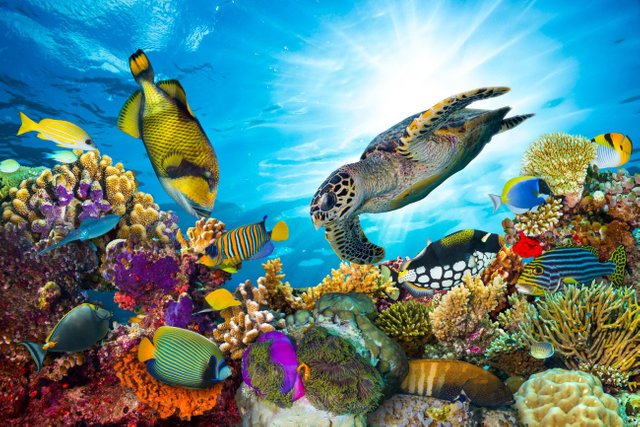
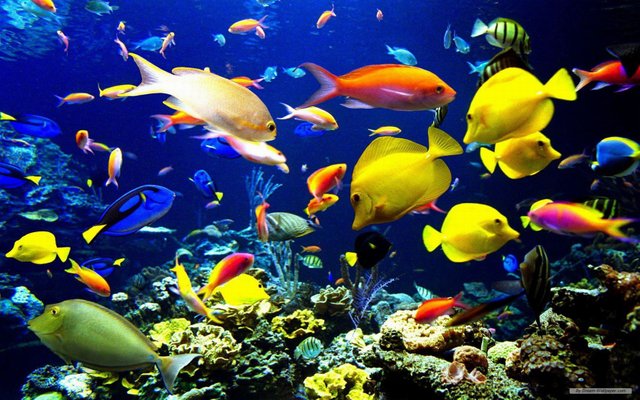
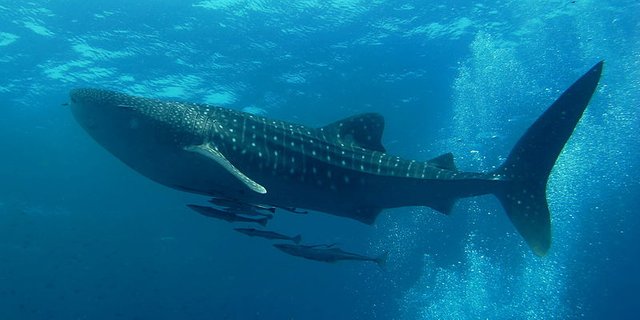
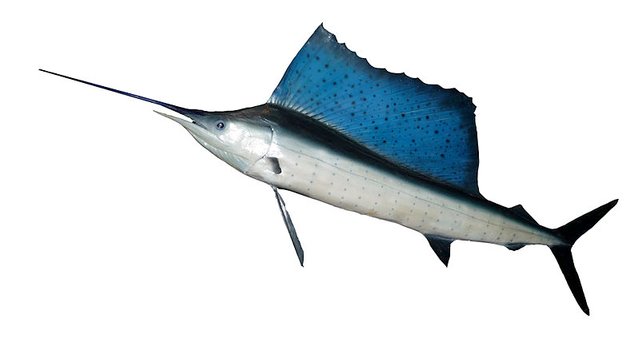
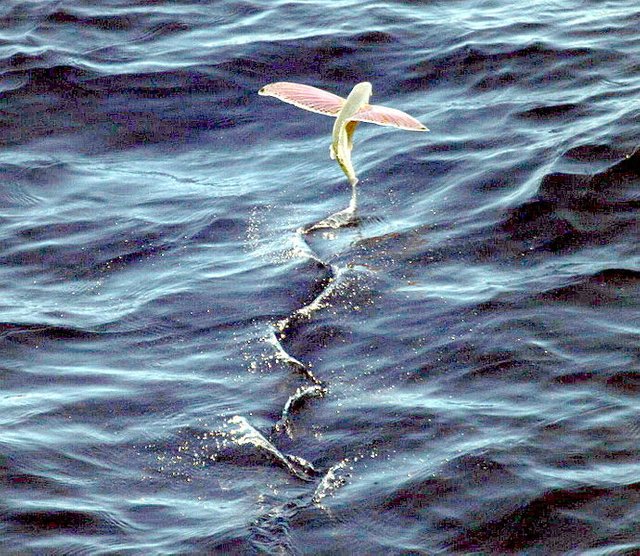
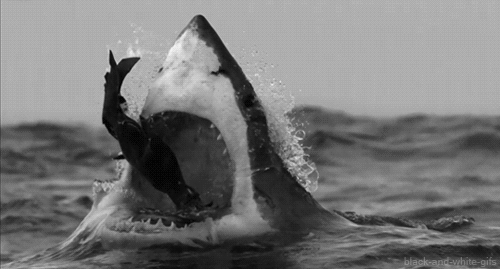
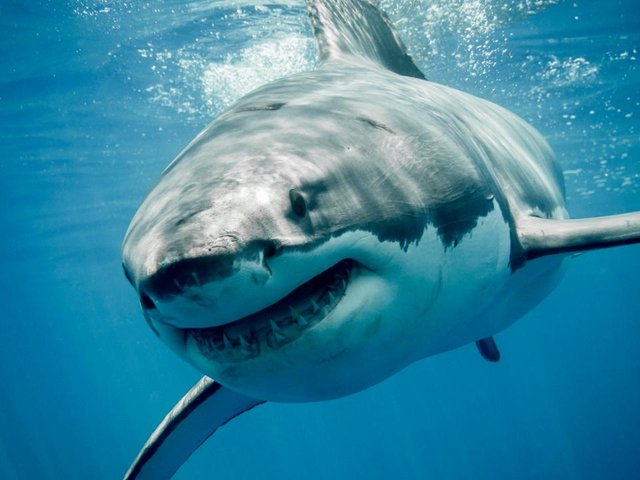
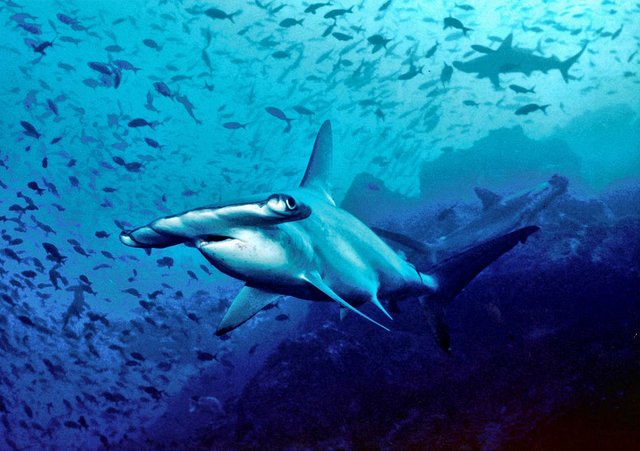
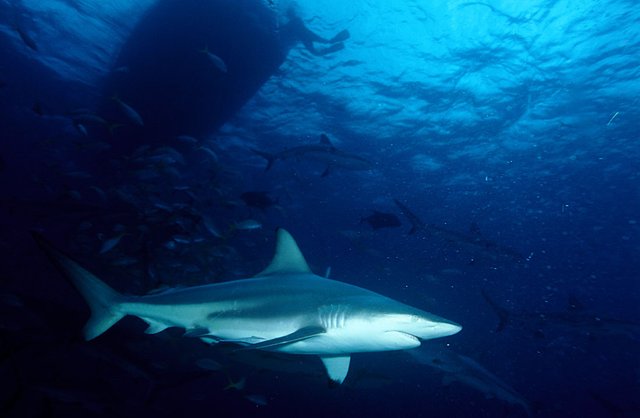
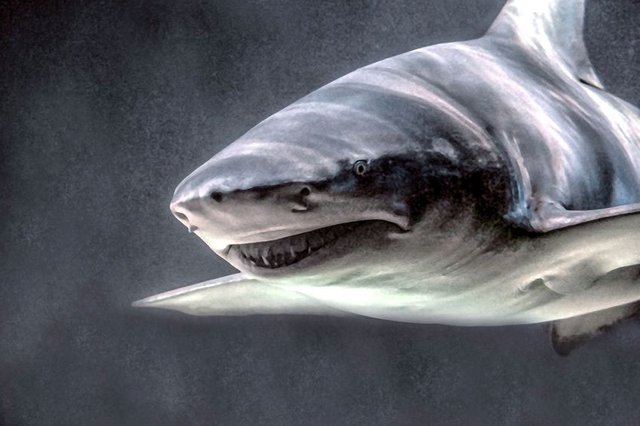
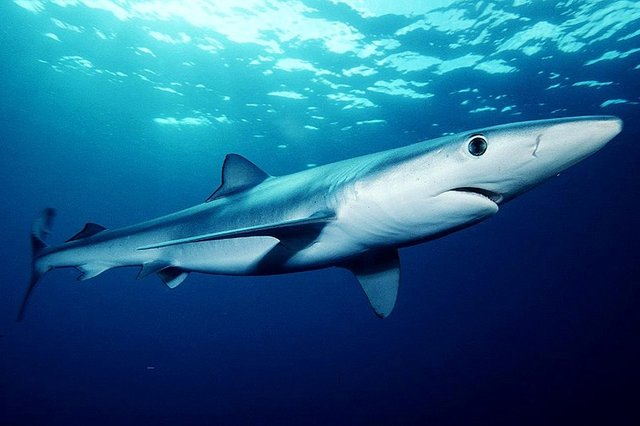
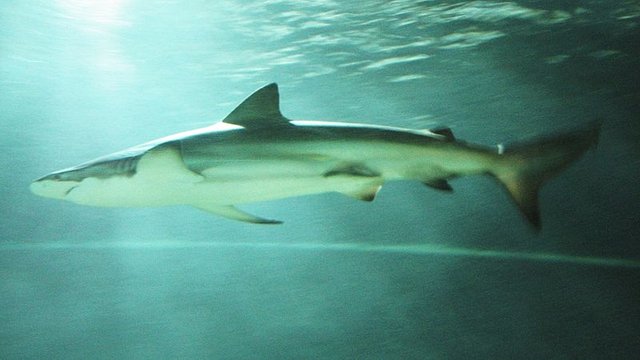
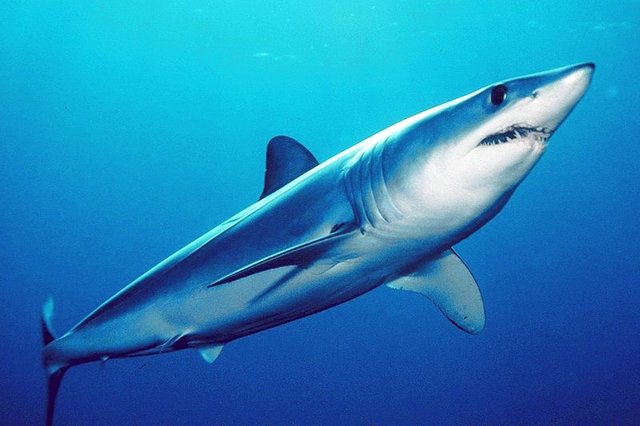
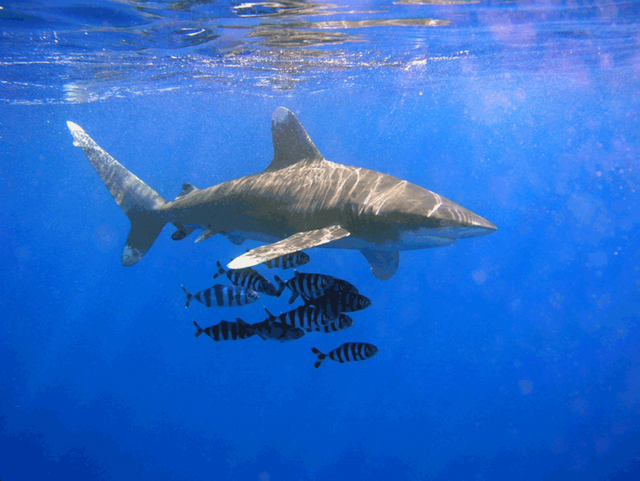
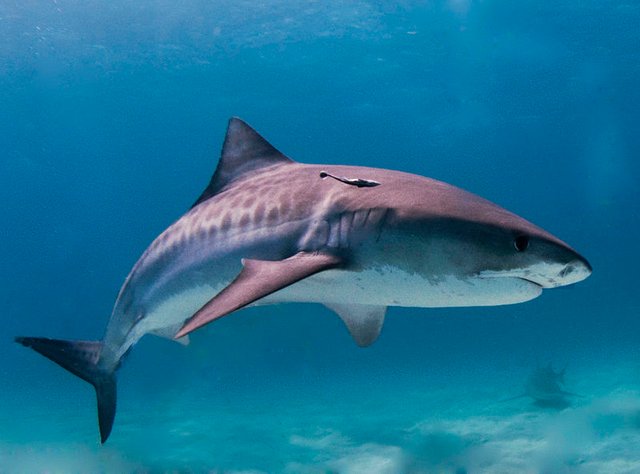
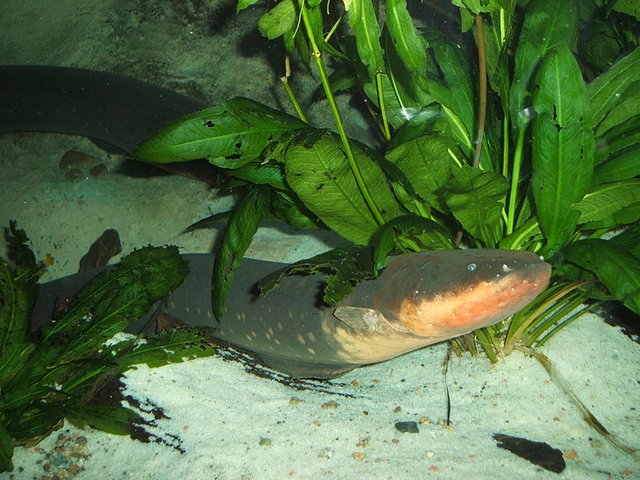
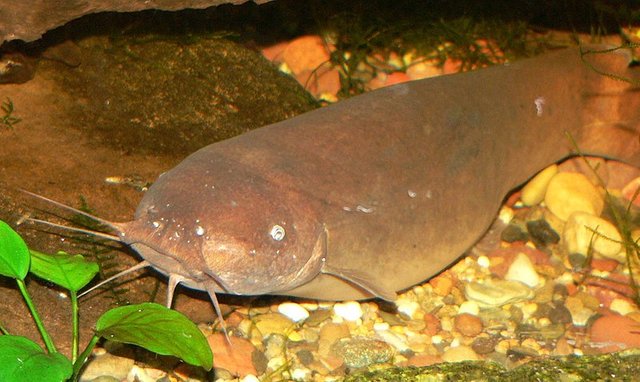
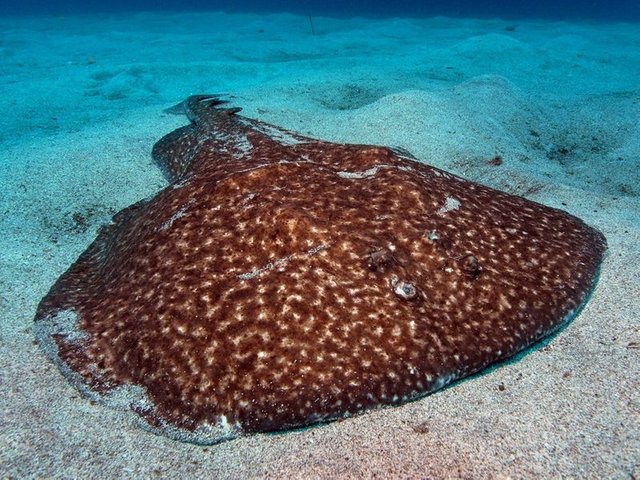
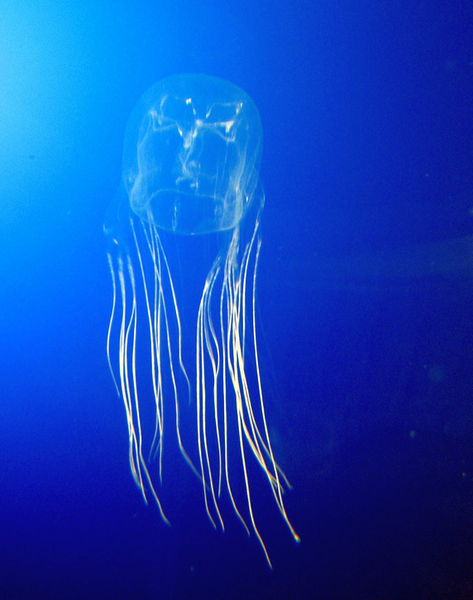
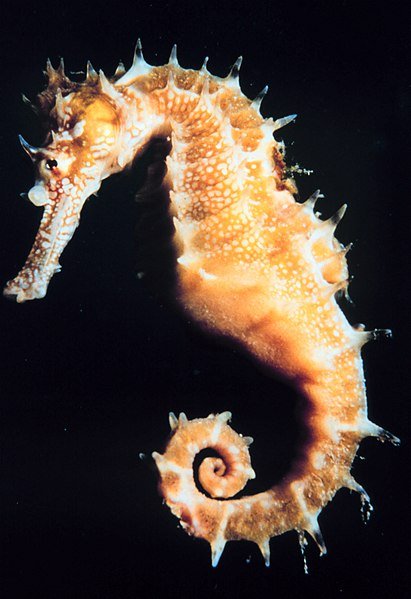
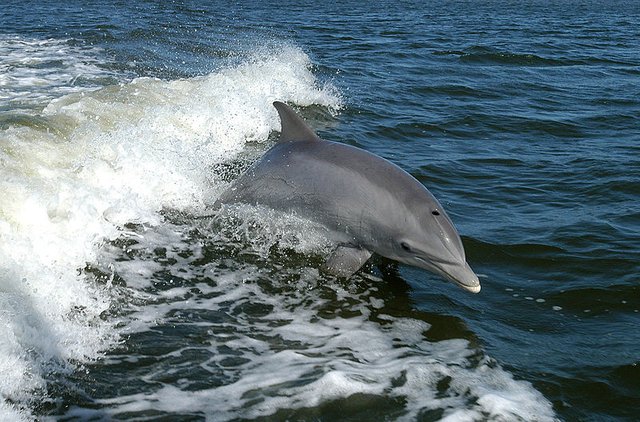
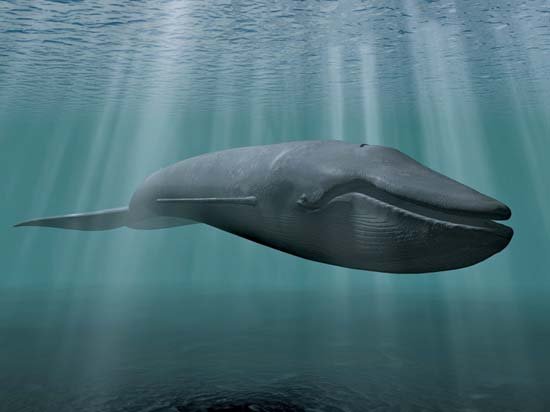
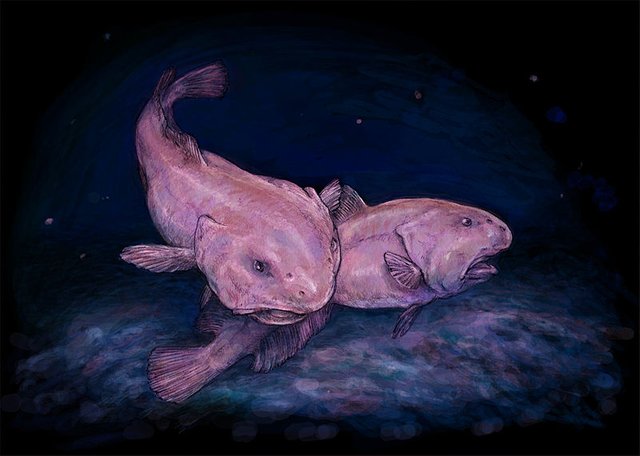
Being A SteemStem Member
Thank you steemstem bot:)
I used to be huge into marine biology, this article is almost nostalgic :)
Thank you @bca5h:)
Beautiful.
Thank you
Interesting to learn about such creature, though Sharks always attracts me, they are beautiful and deadly too. Like to know more about seahorses.
Love to see more from you. :)
Thank you:)
lovely post, truly enjoyed the read! take care :)
Hi, thank you, so much
Congratulations @smurfette, this post is the seventh most rewarded post (based on pending payouts) in the last 12 hours written by a Dust account holder (accounts that hold between 0 and 0.01 Mega Vests). The total number of posts by Dust account holders during this period was 17491 and the total pending payments to posts in this category was $8072.63. To see the full list of highest paid posts across all accounts categories, click here.
If you do not wish to receive these messages in future, please reply stop to this comment.
Thank you for this information:)